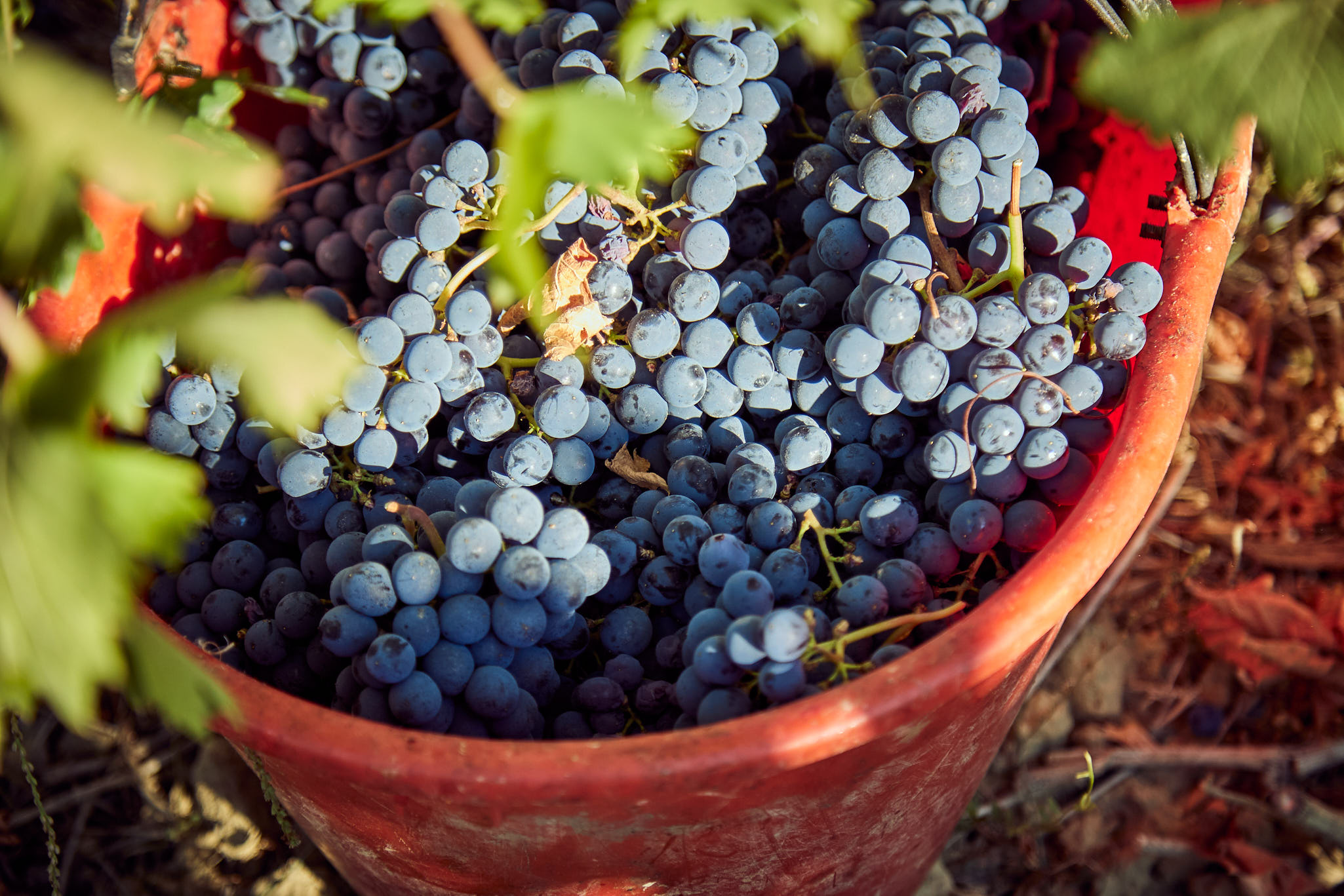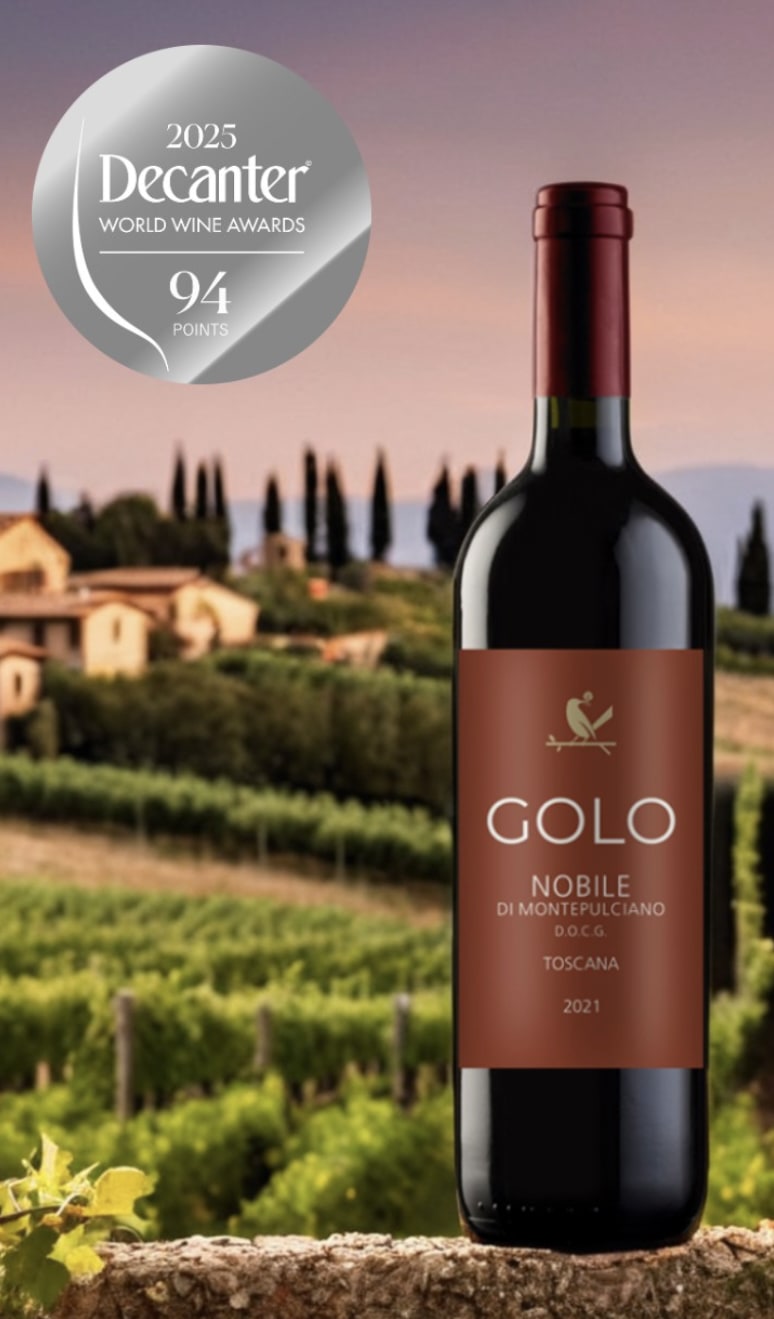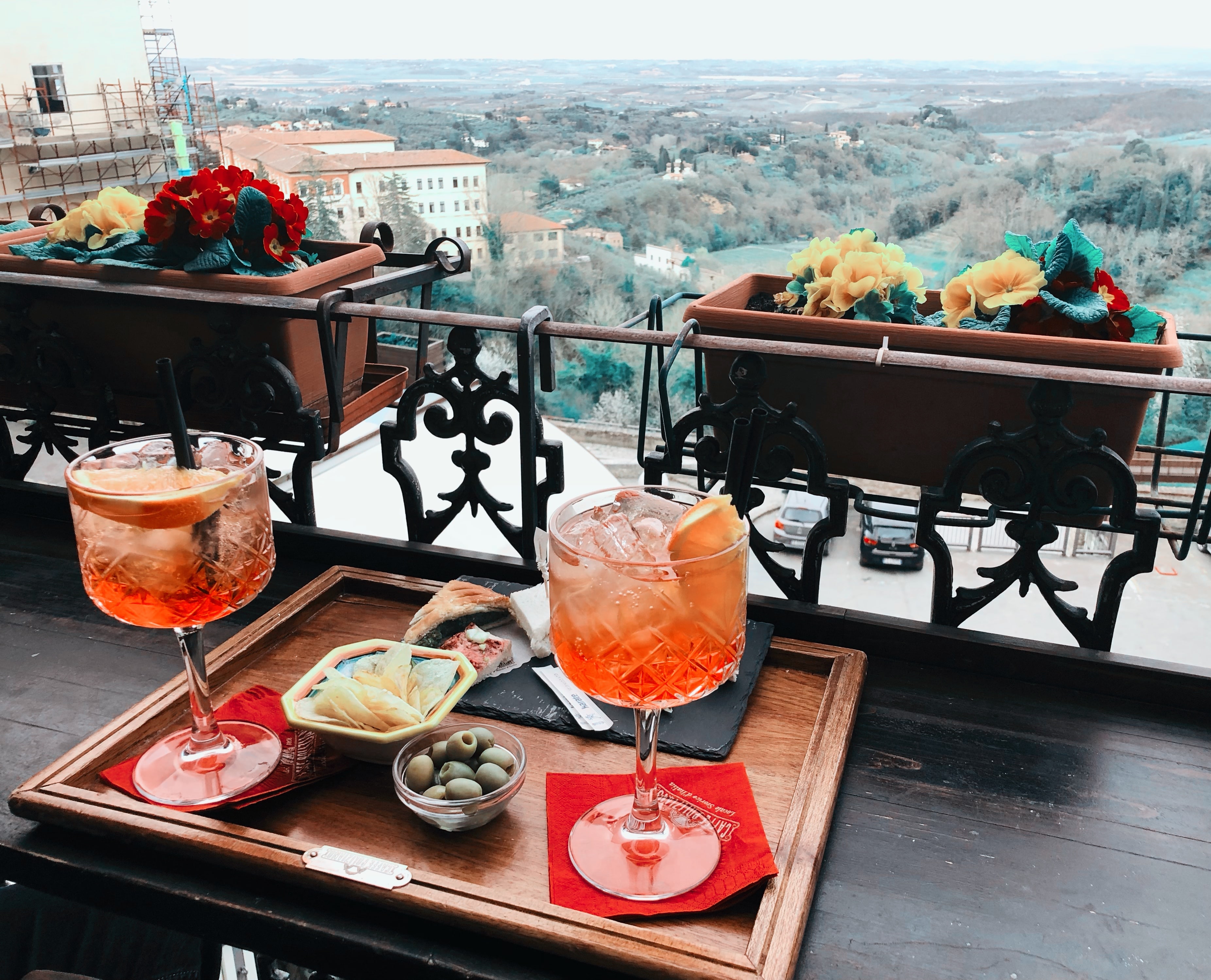Sangiovese Toscana Wine Guide: Discover Tuscany’s Iconic Red 2025
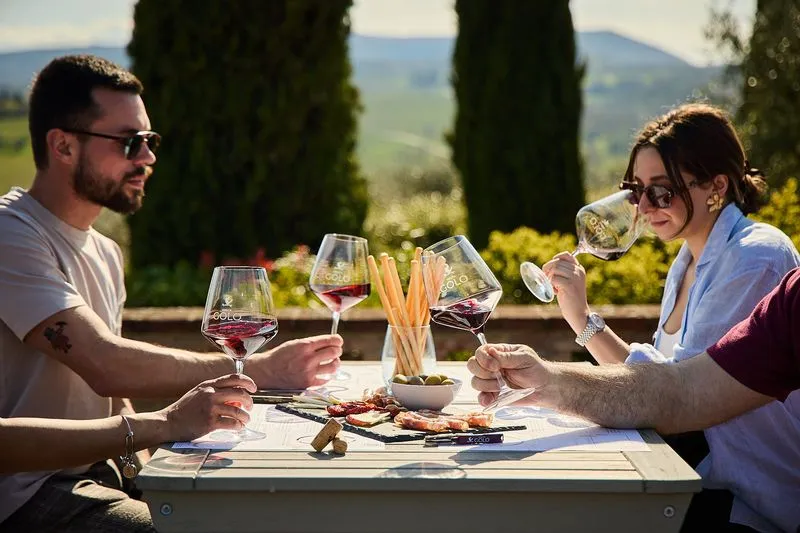
Imagine yourself wandering through sunlit Tuscan hills, where vineyards stretch as far as the eye can see and every breeze carries the promise of tradition. This journey leads you to the very heart of Italian viticulture.
Our guide to sangiovese toscana wine reveals why this red is the soul of Tuscany. Whether you are new to wine or a seasoned enthusiast, you will find something to inspire your next glass.
Discover the grape’s rich history, regional styles, tasting notes, food pairings, and expert tips. Let this be your invitation to experience the essence of Tuscany—one sip at a time.
The Sangiovese Grape: Origins and Characteristics
Discovering the roots of sangiovese toscana wine is like tracing the heartbeat of Tuscany itself. Each vine tells a story that stretches back millennia, shaping not just a wine, but a cultural legacy. Let’s explore how this grape became the soul of the region’s reds.
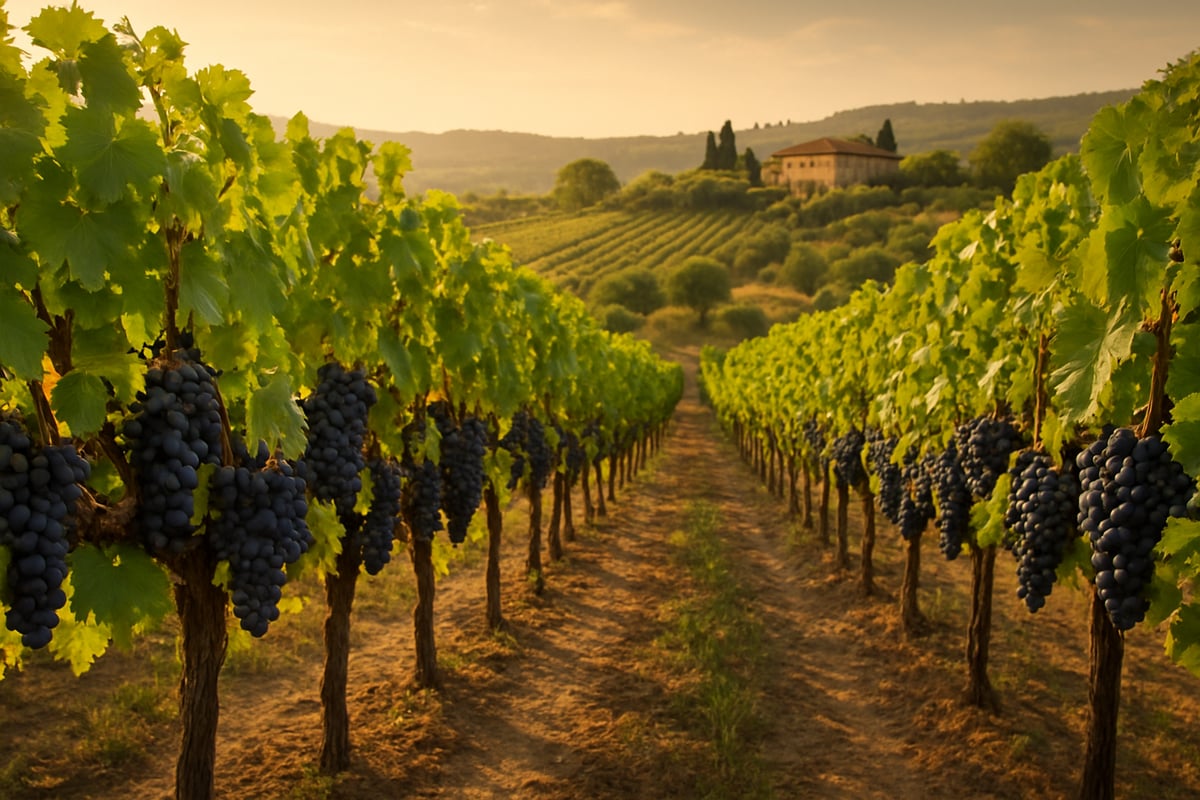
Historical Roots of Sangiovese
The story of sangiovese toscana wine begins in antiquity, with evidence suggesting Etruscans and Romans cultivated Sangiovese grapes across central Italy. The grape’s first documented mention appears in the 16th century, though its legacy runs much deeper.
The name “Sangiovese” translates to “blood of Jupiter,” reflecting its revered status among early winemakers. Over centuries, the grape spread throughout Tuscany and neighboring regions, adapting to diverse soils and climates. This adaptability helped cement Sangiovese as a cornerstone of Italian red winemaking, forming the foundation for many of the region’s most celebrated wines.
Key Grape Characteristics
Sangiovese clusters are composed of medium to large, thin-skinned berries, an attribute that influences both color and structure. The grape naturally exhibits high acidity and moderate tannins, making sangiovese toscana wine both vibrant and food-friendly. Classic flavors span from tart cherry and ripe plum to violet, dried herbs, and subtle earth or spice.
Perhaps most intriguing is Sangiovese’s sensitivity to terroir: soil and climate shape every nuance of the finished wine. Recent research, such as the Ripening Evolution of Sangiovese Grapes, highlights how different Chianti Classico sub-areas produce distinct flavor profiles. This terroir-driven character ensures each sangiovese toscana wine expresses its unique origin.
Sangiovese Clones and Diversity
Sangiovese’s genetic diversity is remarkable, giving rise to famous clones like Sangiovese Grosso (used in Brunello di Montalcino) and Prugnolo Gentile (the star of Montepulciano). Each clone brings its own aromatic signature, structure, and aging potential to sangiovese toscana wine.
For instance, Sangiovese Grosso tends to yield wines with deeper color and more robust tannins, while Prugnolo Gentile offers elegance and fine aromatics. These subtle differences shape the identity of each Tuscan region, allowing producers to craft wines that reflect both tradition and innovation.
Role in Tuscan Viticulture
Sangiovese is the backbone of Tuscan red winemaking. Regulations for DOC and DOCG wines, such as Chianti, Brunello di Montalcino, and Vino Nobile di Montepulciano, require specific percentages of Sangiovese in blends. This ensures the grape remains central to the identity of sangiovese toscana wine.
Its adaptability to Tuscany’s varied soils—ranging from galestro and alberese to clay—allows it to thrive across hillsides, valleys, and coastal plains. This versatility underpins the region’s reputation for producing wines of both consistency and character.
Modern Advances and Research
In recent decades, advances in clonal selection and vineyard management have elevated the quality of sangiovese toscana wine. Producers increasingly focus on quality over quantity, carefully matching clones to specific sites and refining techniques in both vineyard and cellar.
Renowned oenologists and visionary estates have played a key role in this renaissance. Their commitment to research and innovation continues to shape the future of Sangiovese, ensuring this ancient grape remains as vital and expressive as ever.
Tuscany’s Sangiovese Heartlands: Key Regions and Styles
Tuscany is a tapestry of hills, valleys, and microclimates, each shaping its own unique sangiovese toscana wine. From the iconic countryside of Chianti to the coastal vineyards of Maremma, the region offers a fascinating spectrum of styles. Let’s explore the heartlands where Sangiovese reigns supreme.
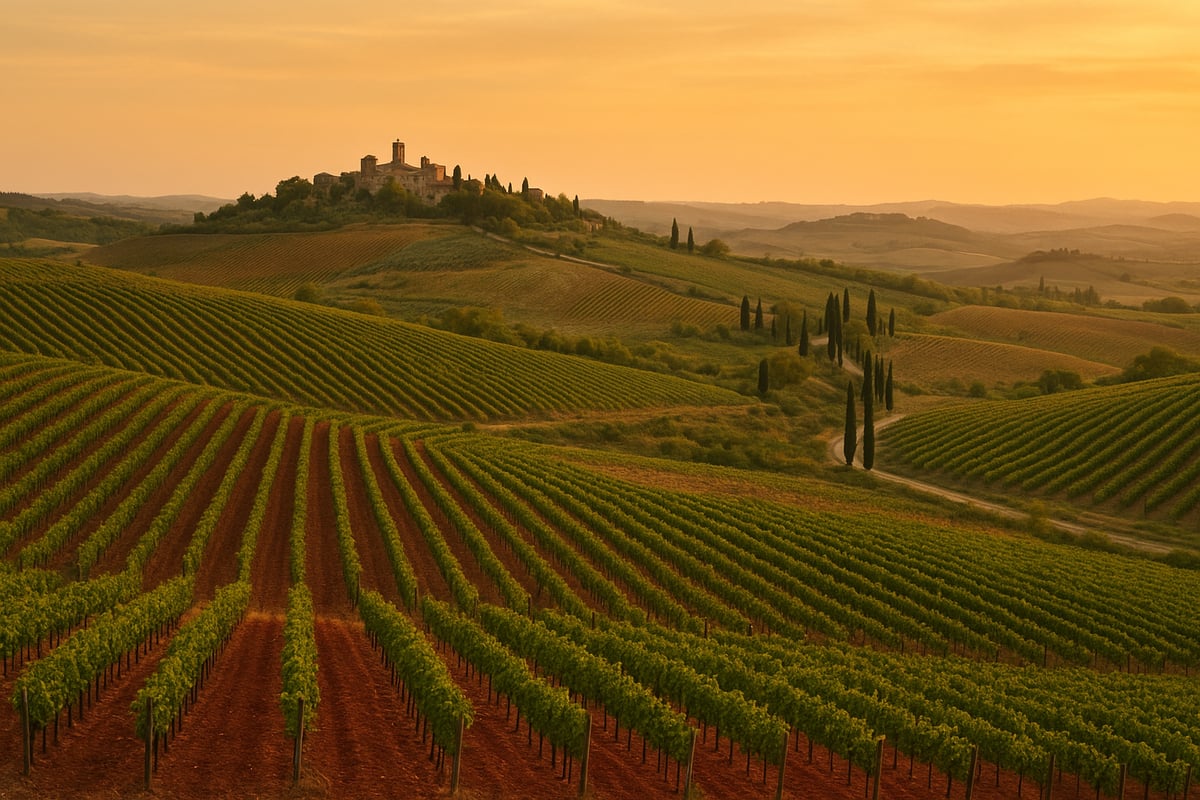
Chianti and Chianti Classico
Chianti is the beating heart of sangiovese toscana wine. Its landscape is defined by picturesque hills and ancient villages. Chianti Classico, the historic core between Florence and Siena, produces wines with lively acidity, red cherry, and herbal notes. The area is divided into subzones like Chianti Rufina and Colli Senesi, each bringing subtle differences in aroma and structure. DOCG regulations require a minimum percentage of Sangiovese, ensuring consistency and authenticity. Notable producers such as Castello di Ama and Fontodi are celebrated for their flagship wines. Chianti’s versatility makes it a favorite for both everyday enjoyment and cellar aging.
Brunello di Montalcino
Brunello di Montalcino stands at the pinnacle of sangiovese toscana wine. Made exclusively from Sangiovese Grosso, Brunello is known for its deep color, full body, and complex bouquet of dark cherry, leather, and tobacco. Strict DOCG rules require a minimum of five years aging before release, contributing to the wine’s legendary longevity. International acclaim has elevated Brunello’s status, attracting collectors and investors. Vintages like 2010 and 2016 are especially prized, and producers such as Biondi Santi and Casanova di Neri have set the benchmark for excellence in this region.
Vino Nobile di Montepulciano
Vino Nobile di Montepulciano is another celebrated sangiovese toscana wine, crafted primarily from the Prugnolo Gentile clone. These wines are renowned for their elegance, balance, and flavors of plum, tea leaf, and earth. Local regulations require at least 70% Sangiovese, with aging periods that create a refined, ageworthy character. The region boasts a tradition of excellence, with estates like Avignonesi and Boscarelli leading the way. For a deeper look at what makes this wine unique, you can Discover Vino Nobile di Montepulciano and explore its true Tuscan heritage.
Morellino di Scansano
On the Tuscan coast, Morellino di Scansano offers a fresh take on sangiovese toscana wine. Here, the grape is known locally as Morellino. The warmer Maremma climate produces wines that are lush, approachable, and bursting with red berry flavors. Since earning DOCG status in 2007, Morellino has become a favorite for those seeking a softer, fruit-forward style with gentle tannins. These wines are incredibly food-friendly, pairing well with everything from grilled meats to hearty pastas, and are perfect for relaxed gatherings or casual dinners.
Carmignano and Other Notable Areas
Carmignano is a historic region where sangiovese toscana wine meets innovation. Here, Sangiovese is blended with Cabernet Sauvignon and Cabernet Franc, a practice dating back to the Medici era. The result is a rich, structured wine with layers of spice and black fruit. Beyond Carmignano, emerging zones like Montecucco and Colline Lucchesi are gaining recognition for their distinctive Sangiovese expressions. These areas highlight the adaptability of the grape, offering new interpretations while honoring centuries-old traditions.
Influence of Terroir and Microclimate
What sets sangiovese toscana wine apart is its remarkable sensitivity to terroir. Altitude, soil type (such as galestro, alberese, and clay), and vineyard exposure all shape the grape’s character. For example, Chianti’s higher elevations yield wines with vibrant acidity, while Montalcino’s warmer slopes produce richer, more powerful bottles. Vineyard data shows that Sangiovese covers over 60,000 hectares in Tuscany, underscoring its importance. This diversity ensures that every glass tells the story of its origin, reflecting the unique landscape and climate of its birthplace.
Tasting Sangiovese: Flavor Profiles and Styles
Exploring sangiovese toscana wine is a sensory journey through Tuscany’s heart. Each glass reveals a tapestry of aromas, textures, and flavors shaped by the region’s diverse terroirs and winemaking traditions. Let’s break down what makes tasting Sangiovese such a memorable experience.
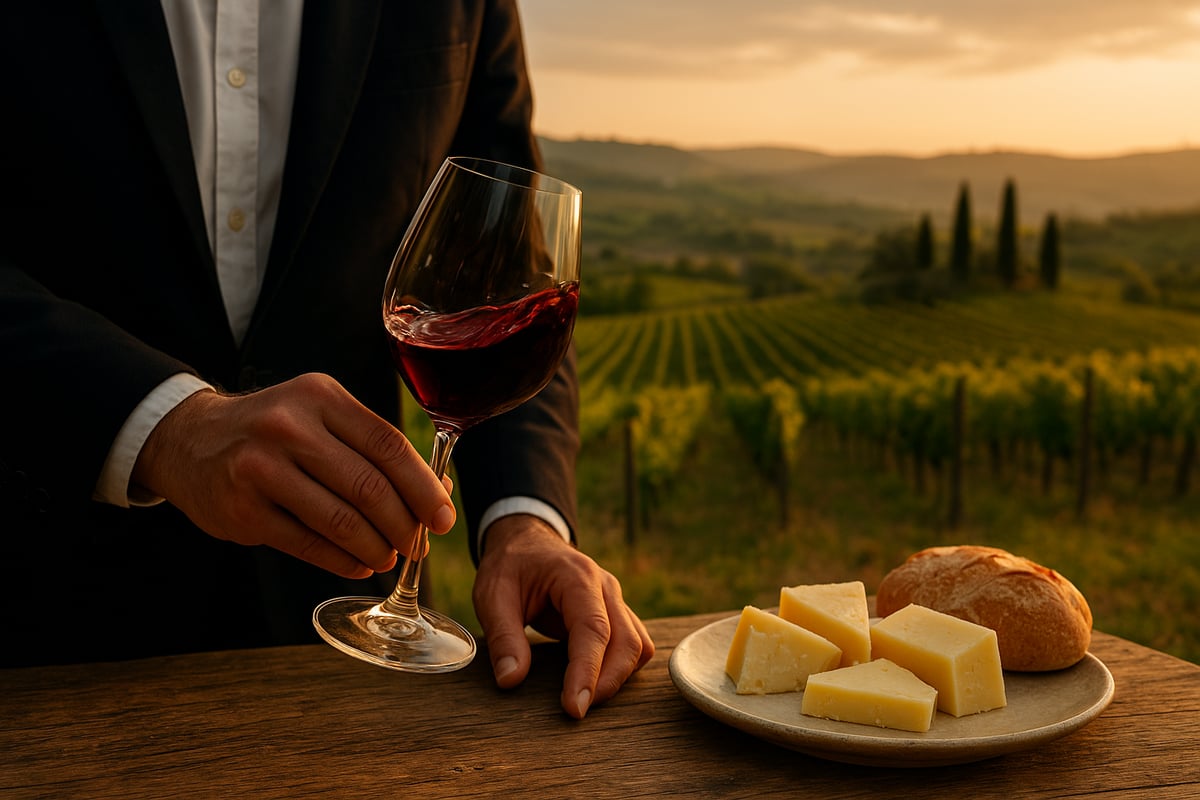
Classic Aromas and Flavors
Sangiovese toscana wine is known for its vibrant bouquet and layered flavors. At its core, you’ll find primary notes such as:
- Ripe cherry and red currant
- Plum and violet
- Hints of fresh herbs
As the wine ages or is crafted with care, secondary aromas appear:
- Leather and tobacco
- Dried herbs and earthy undertones
With extended aging, tertiary notes develop, including balsamic, forest floor, and warm spices. This aromatic complexity is part of what draws wine lovers back to Sangiovese time and again.
Structure and Mouthfeel
A defining trait of sangiovese toscana wine is its lively structure. High acidity gives it a refreshing, food-friendly profile. Tannins range from moderate to pronounced, depending on style and region.
Alcohol content typically falls between 12.5% and 15%. The wine’s color spans from translucent ruby in youthful expressions to deep garnet in more concentrated or aged examples. This balance of acidity, tannin, and alcohol creates a harmonious mouthfeel that stands up beautifully to rich cuisine.
Style Variations by Region
Regional diversity shapes the many faces of sangiovese toscana wine. Here’s a quick comparison:
| Region | Style | Key Traits |
|---|---|---|
| Chianti | Fresh, lively | Red cherry, herbs, youthful or complex as Riserva |
| Brunello | Powerful, ageworthy | Dark fruit, leather, full body, long aging |
| Vino Nobile | Elegant, balanced | Plum, tea leaf, subtle oak, refined structure |
| Morellino | Fruit-forward, easy | Red berries, soft tannins, approachable |
Modern interpretations, such as those described in the Golo Rosso di Montepulciano Overview, showcase how producers are innovating with Sangiovese, creating vibrant styles that honor tradition while appealing to contemporary palates.
Aging Potential and Evolution
The aging journey of sangiovese toscana wine is remarkable. With time in the bottle, aromas evolve from fresh fruit to dried herbs, leather, and spice. Top Brunello di Montalcino can mature gracefully for 10 to 30 years, while Chianti Riserva often peaks between 5 and 15 years.
Oak aging—whether in large Slavonian casks or small French barrels—imparts additional layers of vanilla, toast, or cedar. This evolution transforms both aroma and texture, offering new discoveries with every sip.
Food Pairing Versatility
Thanks to its acidity and structure, sangiovese toscana wine pairs seamlessly with a wide range of foods. Classic Tuscan matches include:
- Bistecca alla Fiorentina (Florentine steak)
- Wild boar ragù over pappardelle
- Pecorino cheese and rustic bread
Modern pairings work equally well, from wood-fired pizza to herb-roasted chicken or even global cuisines like barbecue and Asian fusion. Its adaptability at the table cements Sangiovese’s reputation as Tuscany’s most beloved red.
Sangiovese in 2025: Trends, Vintages, and Market Insights
The world of sangiovese toscana wine is in constant evolution, shaped by nature, tradition, and innovation. As we look toward 2025, several key trends and insights are emerging, offering both collectors and casual drinkers fresh reasons to explore Tuscany’s signature red. Let’s break down the current landscape across vintages, market preferences, sustainability, investment, and critical acclaim.

Recent and Upcoming Vintages
In recent years, sangiovese toscana wine has seen remarkable vintage variation. The 2021 and 2022 seasons brought balanced conditions, yielding wines with vibrant fruit and classic acidity. By contrast, 2023 saw a warmer, drier summer, leading to concentrated flavors and softer tannins. Early reports suggest 2024 will offer excellent structure and aging potential, thanks to cooler nights and even ripening.
Looking ahead, the 2025 growing season is expected to challenge producers with unpredictable weather, a reflection of ongoing climate change. Winemakers are adapting by adjusting canopy management and harvest timing to preserve acidity and balance in sangiovese toscana wine.
Market Trends and Consumer Preferences
Demand for sangiovese toscana wine is rising, especially for single-vineyard bottlings and organically certified labels. Wine lovers are drawn to the authenticity and terroir-driven expressions that smaller, boutique producers offer. Export statistics reveal strong growth in the United States, Germany, and the UK, with a notable increase in direct-to-consumer sales.
Wine tourism is also booming, as travelers seek immersive tasting experiences in Tuscany. The market is shifting toward transparency, provenance, and a closer connection between producer and consumer in the sangiovese toscana wine sector.
Sustainability and Innovation
Sustainability is now central to sangiovese toscana wine production. Many estates are embracing organic and biodynamic farming, reducing chemical use, and prioritizing soil health. Water management practices are evolving to adapt to drier summers, and more producers are experimenting with native yeast fermentations for authentic flavor profiles.
For deeper insights into these advancements, explore Sustainability in the Italian Wine Sector, which highlights the innovative steps Tuscan wineries are taking to secure a greener future for sangiovese toscana wine.
Investment and Collectibility
Collectors are increasingly viewing sangiovese toscana wine—especially Brunello di Montalcino and top Super Tuscans—as reliable investments. Auction results show rising prices for the best vintages and renowned producers. Factors influencing value include vintage quality, producer reputation, and provenance.
For those interested in the Super Tuscan phenomenon and its impact on the collectible market, the Toscana Super Tuscan Wines guide offers valuable background on this influential category within sangiovese toscana wine.
Awards and Critic Scores
Sangiovese toscana wine continues to earn international acclaim. Recent years have seen a surge in 90+ point ratings from top critics such as Wine Spectator, Decanter, and James Suckling. Standout wines often combine depth, elegance, and the ability to age gracefully.
When selecting bottles, consider both critic reviews and personal taste preferences. Scores provide helpful guidance, but exploring different producers and vintages is the best way to experience the full range of sangiovese toscana wine.
How to Choose and Enjoy Sangiovese Toscana Wines
Selecting the perfect sangiovese toscana wine is both an art and a pleasure. Whether you are a newcomer or a seasoned enthusiast, understanding the nuances of this iconic wine will enhance every sip. Let us walk through the essential steps to choosing, serving, and savoring your next bottle.
Reading the Label: DOC, DOCG, and IGT Explained
Understanding Italian wine classifications is crucial when selecting a sangiovese toscana wine. These designations indicate the origin, production standards, and quality level. Here is a quick reference:
| Classification | Meaning | Key Points |
|---|---|---|
| DOCG | Denominazione di Origine Controllata e Garantita | Highest standard, strictest controls, regional identity |
| DOC | Denominazione di Origine Controllata | Defined region, quality requirements |
| IGT | Indicazione Geografica Tipica | More flexibility, broader area, innovation |
Look for the vintage, producer name, and specific subregion on the label. Each detail provides insight into the sangiovese toscana wine’s style and authenticity.
Selecting the Right Bottle
Choosing a sangiovese toscana wine depends on your occasion, taste, and budget. Here are some recommendations:
- Everyday enjoyment: Opt for a young Chianti DOCG or Morellino di Scansano for bright fruit and approachability.
- Mid-range: Seek out Chianti Classico Riserva or Vino Nobile di Montepulciano for added complexity and structure.
- Special occasions: Brunello di Montalcino offers depth, aging potential, and prestige.
Consider the food you plan to serve, your preference for freshness or maturity, and your desired price point. Trusted producers and rising stars often label their sangiovese toscana wine with clear regional cues.
Serving and Storing Sangiovese
Proper serving and storage can elevate your sangiovese toscana wine experience. Serve at 16–18°C (60–65°F) to highlight its aromatics and balance. Young wines may benefit from a brief decant, while aged bottles often need more time to open up.
Use a tulip-shaped glass to focus the bouquet and enhance enjoyment. Store bottles horizontally in a cool, dark space with stable humidity. Well-stored sangiovese toscana wine can evolve beautifully over several years if it is a quality style.
Tasting Like a Pro
Approach your sangiovese toscana wine with all your senses. Start by examining the color for hints about age and structure. Swirl and sniff to identify classic aromas like cherry, plum, and dried herbs.
Take a sip, noting acidity, tannin, and flavor layers. Finish by reflecting on the aftertaste and how the wine changes with air. Hosting a tasting at home is a fun way to explore sangiovese toscana wine with friends and compare different expressions.
Where to Buy and Taste
Discovering sangiovese toscana wine is easy with the right resources. Top options include reputable wine shops, online retailers, and direct purchases from Tuscan wineries. Wine tourism is thriving, with many estates offering tastings and tours.
For deeper insight into the region’s diversity, consult resources like the Wine in Tuscany, Italy Guide, which highlights must-visit areas and styles. Seasonal festivals across Tuscany also offer unique opportunities to sample sangiovese toscana wine in its native setting.
As you’ve explored the unique history, diverse regions, and tasting profiles that make Sangiovese Toscana so iconic, there’s truly no better way to deepen your appreciation than by experiencing these wines firsthand. At Tenuta Golo, you can immerse yourself in the world of Nobile di Montepulciano right where it’s crafted, surrounded by the beauty of a 17th-century estate and guided by passionate hosts. Whether you’re a seasoned enthusiast or just starting your wine journey, a tasting here will bring Tuscany’s flavors and traditions to life.
Book Your Wine Tasting Now


